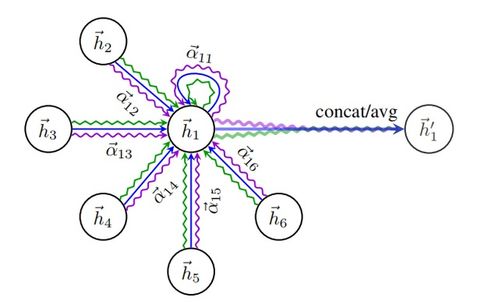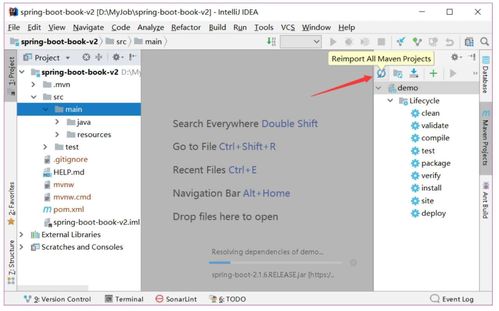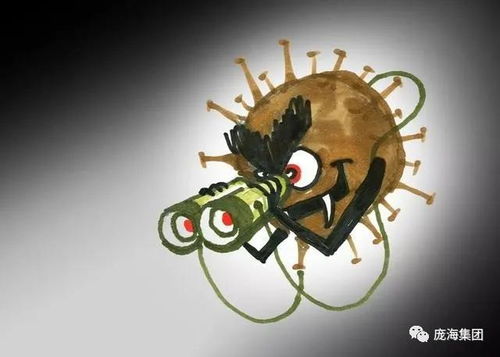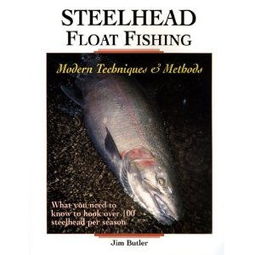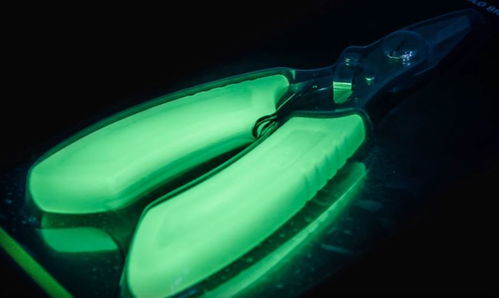Introduction:
Fishing for tilapia in a pond can be a rewarding and enjoyable experience. Tilapia, known for their adaptability and rapid growth, have become a popular choice for both recreational and commercial fishing. Whether you're a seasoned angler or a beginner looking to expand your fishing repertoire, mastering the techniques for catching tilapia can elevate your pond fishing experience. In this article, we'll delve into the art of tilapia fishing, providing you with expert tips and tricks to ensure a successful catch.
Understanding Tilapia Behavior:
Before we dive into the specifics of fishing techniques, it's crucial to understand the behavior of tilapia. These fish are often found in warm, shallow waters and are known for their feeding patterns. Tilapia are primarily bottom feeders, feeding on algae, plants, and insects. They are also known to be active feeders during the early morning and late afternoon hours.
Choosing the Right Equipment:
The right equipment can make all the difference when it comes to catching tilapia. Here are some essential items to consider:
Rod and Reel: A medium-action spinning rod with a lightweight reel is ideal for tilapia fishing. The rod should be between 6 to 7 feet long to provide enough sensitivity and control.
Line: Use a monofilament line with a test rating of 6 to 10 pounds. This will provide enough strength to handle tilapia without being too heavy to spook them.
Hooks: Small hooks, typically 1/0 to 3/0, are sufficient for tilapia. They should be designed for live bait or artificial lures.
Bait: Tilapia can be caught on a variety of baits, including corn, peas, nightcrawlers, and artificial lures. Choose baits that mimic the natural food sources of tilapia in your pond.
Techniques for Catching Tilapia:
Location, Location, Location:
- Look for areas with heavy vegetation, as tilapia often seek shelter and food in these areas.
- Shallow waters with a mud or sandy bottom are also popular spots for tilapia.
Presenting the Bait:
- When using live bait, such as nightcrawlers, thread them onto the hook and let them swim naturally.
- For artificial lures, retrieve them slowly and steadily, allowing them to sink to the bottom and then twitch them to mimic a struggling prey.
Timing Your Bites:
- Tilapia are most active during the early morning and late afternoon. Plan your fishing trips accordingly.
- Keep an eye on your line for subtle movements, as tilapia can be quite gentle when taking the bait.
Patience is Key:
Tilapia are often bottom feeders, so they may take a few moments to take the bait. Be patient and wait for a solid bite before setting the hook.
Handling the Fish:
- Once you've hooked a tilapia, be gentle when reeling it in. These fish can be quite strong and may jump.
- Use a landing net to help guide the fish into the net without damaging it.
Advanced Techniques:

Trolling:
Trolling can be an effective method for catching tilapia, especially in larger ponds. Attach your lure to a line and slowly move it across the water's surface or just below it.
Fly Fishing:
Fly fishing can be a unique and enjoyable way to catch tilapia. Use a floating fly or a nymph pattern and present it in the water's surface film or just below it.
Fishing at Different Depths:
Experiment with fishing at different depths by adjusting the weight of your line or using a bobber. Tilapia can be found at various depths depending on the time of day and water temperature.
Conclusion:
Catching tilapia in a pond can be a fulfilling experience with the right techniques and equipment. By understanding the behavior of tilapia, choosing the appropriate gear, and applying the right tactics, you'll be well on your way to a successful fishing trip. Remember to be patient, observe your surroundings, and enjoy the process. With practice and experience, you'll become a seasoned tilapia angler in no time. Happy fishing!
